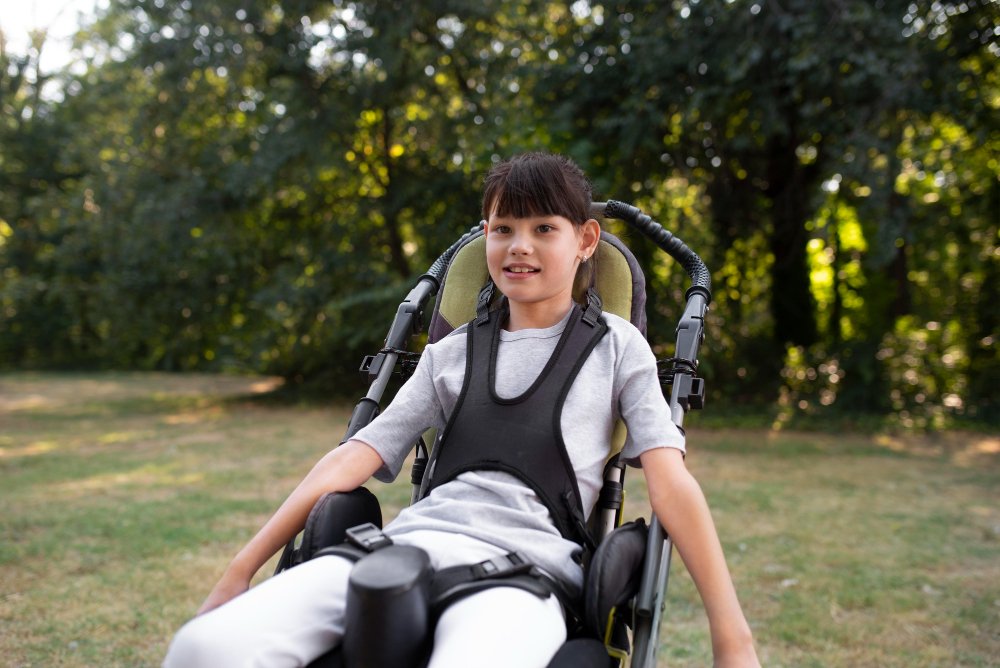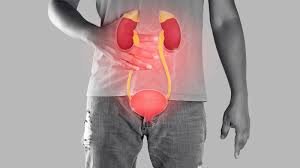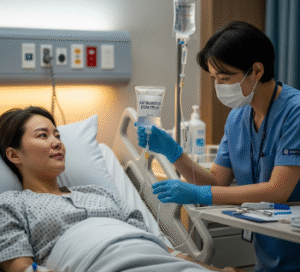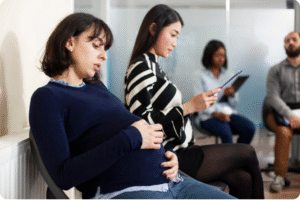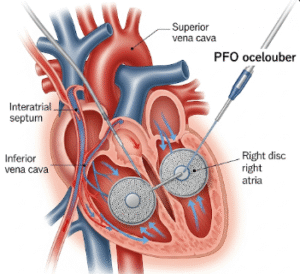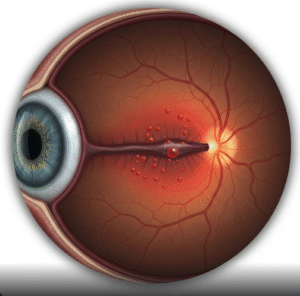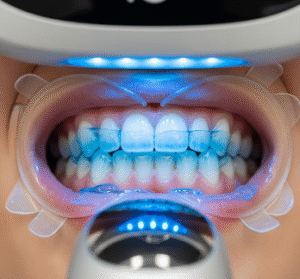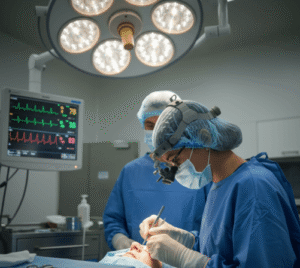Overview
Spina bifida is a birth defect in which the spine and spinal cord do not form properly during early fetal development. It can lead to lifelong disabilities, including paralysis, mobility problems, and neurological complications. In Korea, early diagnosis through prenatal screening, neonatal care, and advanced surgical interventions help manage this condition effectively.
What is Spina Bifida?
Spina bifida is a type of neural tube defect (NTD) that occurs when the neural tube — the embryonic structure that develops into the brain and spinal cord — fails to close completely. This results in malformations of the vertebrae and spinal cord. The severity of spina bifida varies depending on the type and extent of the defect.
The three main types are:
- Spina Bifida Occulta: The mildest form; often asymptomatic with no visible opening.
- Meningocele: A sac of fluid protrudes through an opening in the spine, but without spinal cord involvement.
- Myelomeningocele: The most severe form, where the spinal cord and nerves are exposed through an opening in the spine.
Symptoms
Symptoms depend on the type and severity, and may include:
- Visible sac or lesion on the back (in myelomeningocele)
- Partial or complete paralysis below the affected area
- Weakness or loss of sensation in legs
- Bladder and bowel control problems
- Orthopedic issues like clubfoot or scoliosis
- Hydrocephalus (accumulation of fluid in the brain)
Causes
- Unknown in many cases
- Genetic predisposition
- Nutritional deficiencies, particularly folic acid
- Environmental factors during early pregnancy
Risk Factors
- Folic acid deficiency in pregnant mothers
- Family history of neural tube defects
- Certain medications during pregnancy (e.g., anti-seizure drugs)
- Diabetes or obesity in the mother
- Maternal exposure to high heat or fever in early pregnancy
Complications
- Hydrocephalus requiring surgical shunting
- Learning disabilities and cognitive challenges
- Frequent urinary tract infections
- Pressure sores and mobility issues
- Tethered spinal cord syndrome
- Emotional and social development challenges
Prevention
- Folic acid supplementation: Taking 400 micrograms daily before and during early pregnancy
- Preconception counseling for high-risk women
- Managing chronic conditions like diabetes
- Avoiding harmful medications and overheating during early pregnancy
Treatment Options in Korea
Korea offers high-level care for children and adults with spina bifida, focusing on early diagnosis, surgical repair, rehabilitation, and long-term support.
- Prenatal Diagnosis and Intervention
- Routine prenatal ultrasounds and maternal blood screening
- Advanced fetal MRI for diagnosis
- In selected cases, fetal surgery is performed at specialized centers to correct defects before birth
- Neonatal and Pediatric Surgical Care
- Closure of spinal defect shortly after birth to prevent infection and further nerve damage
- Management of hydrocephalus via ventriculoperitoneal (VP) shunt placement
- Rehabilitation Services
- Physical therapy to improve strength and mobility
- Use of orthopedic braces, crutches, or wheelchairs
- Urological support for bladder and bowel management
- Educational and Social Support
- Special education programs and assistive technology
- Psychological counseling for children and families
- Vocational training and community integration for older patients

